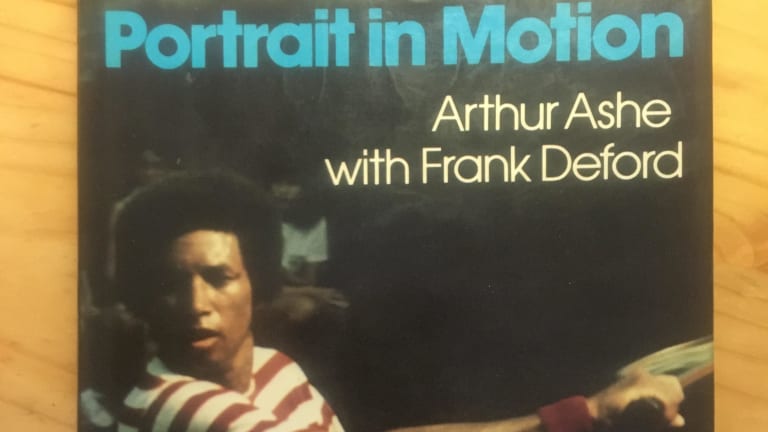The 2/21: The literature of Arthur Ashe, 28 years after he left us
By Feb 06, 2021Setting the Table for 2026
What to expect from Carlos and Jannik in 2026 as year three of the Sincaraz Era begins
By Jan 01, 2026Summer Down Under
Tennis set for two weeks of mania ahead of 2026 Australian Open
By Jan 01, 2026The Business of Tennis
How Aryna Sabalenka is building a brand as powerful as her game
By Jan 01, 2026United Cup
United Cup Classics: Three matches that defined the tournament
By Dec 31, 2025United Cup
PHOTOS: Koala selfies for FAA & Mboko, Osaka & Raducanu spot quokkas, Ruud catches waves ahead of United Cup
By Dec 31, 2025Burning Questions: 2026
Amanda Anisimova, world No. 1? Our hottest takes for 2026
By Dec 31, 2025United Cup
United We Start: What to watch for at the season-opening United Cup
By Dec 30, 2025Setting the Table for 2026
What do Coco Gauff and Amanda Anisimova need to do to stay the U.S. top two in 2026?
By Dec 30, 2025Burning Questions: 2026
Which recently retired player should become a super coach?
By Dec 30, 2025The 2/21: The literature of Arthur Ashe, 28 years after he left us
No other tennis player spanned as many historic moments and iconic venues; as such, the narrative possibilities become epic.
Published Feb 06, 2021
Advertising

The 2/21: The literature of Arthur Ashe, 28 years after he left us
Advertising

The 2/21: The literature of Arthur Ashe, 28 years after he left us
Advertising
The 2/21: The literature of Arthur Ashe, 28 years after he left us
Advertising

The 2/21: The literature of Arthur Ashe, 28 years after he left us
Advertising

The 2/21: The literature of Arthur Ashe, 28 years after he left us